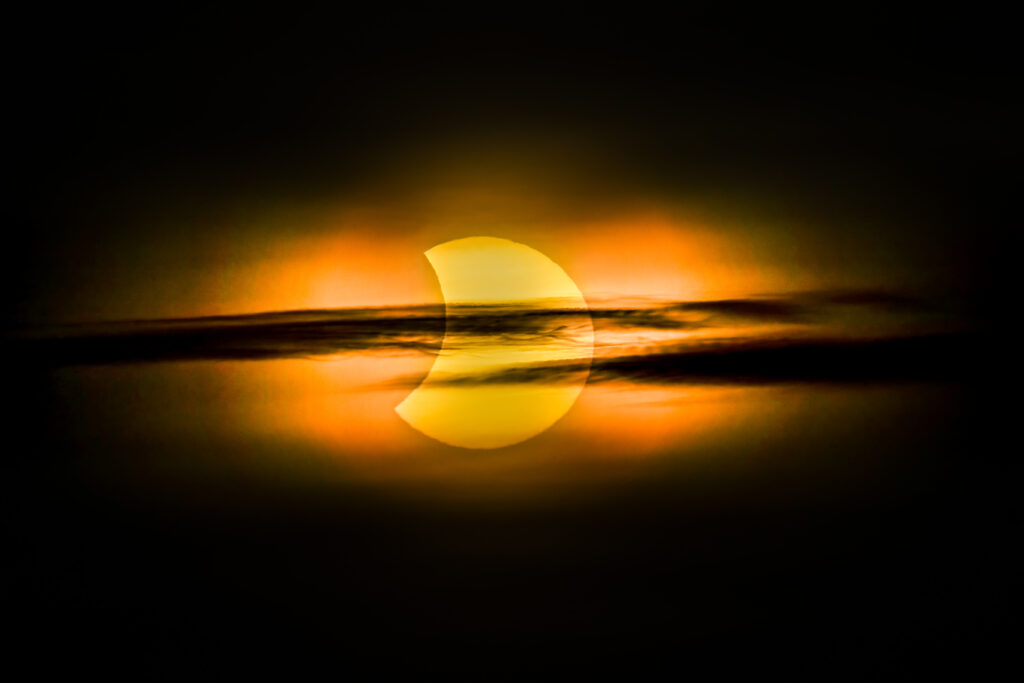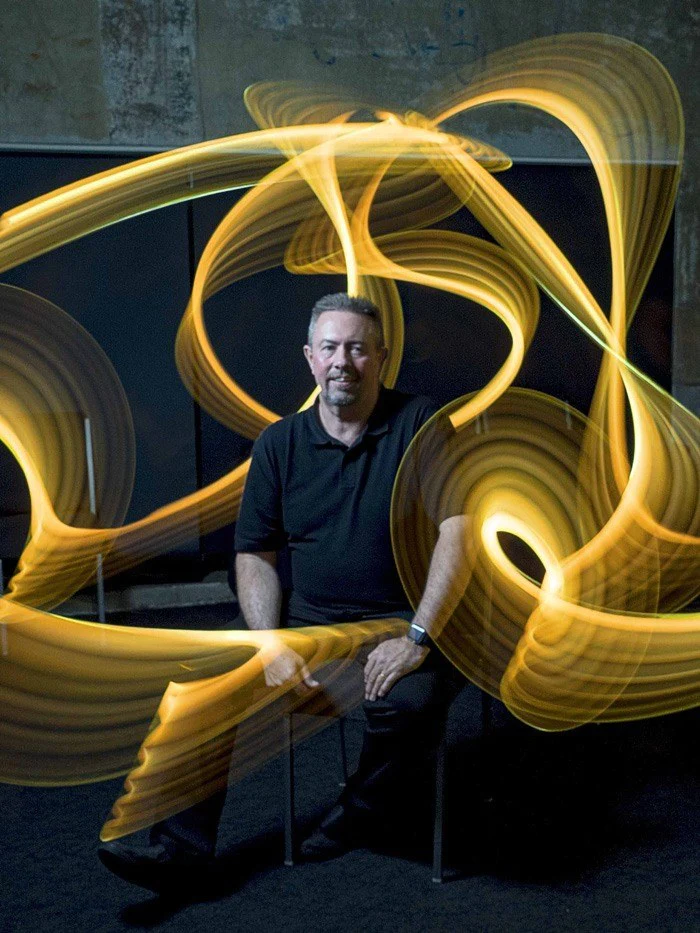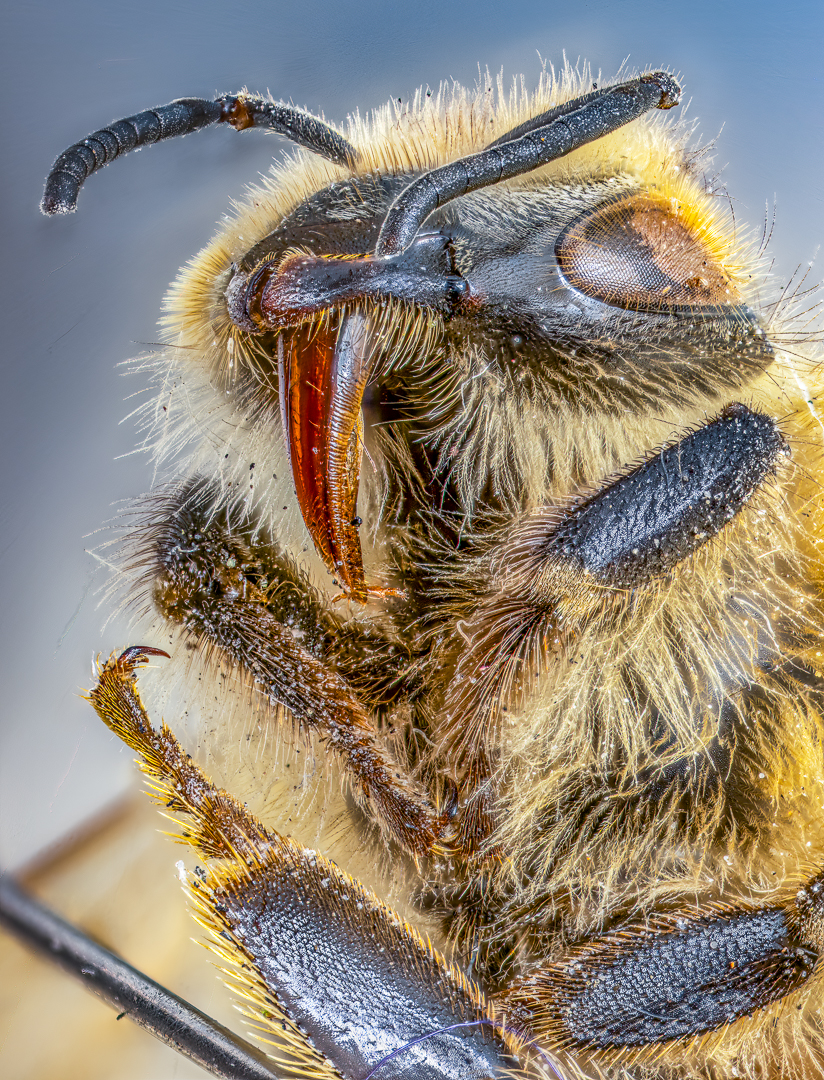When last we broached the topic of film photography, I outlined three reasons why the medium has managed to do better than merely “stick around” in the digital era. Film, despite its niche status and the demise of a number of well-liked emulsions, has weathered the storm of zeros and ones quite successfully, all things considered.
As promised at the end of my previous examination, here are three more fundamental reasons why film continues to power through.
That Certain Something
Digital images have sometimes been accused of being “sterile” or lacking character. Of course, this assessment is subjective and dependent upon multiple variables, but there is at least a grain of truth to it.
One reason film remains such a viable medium is its unique and varied aesthetic qualities. The color palette and grain structure, for example, of one film emulsion can be wildly different from another. Or not much different at all…but just enough to be noticeable. Those aesthetic qualities might also be altered by using various non-standard development techniques.
Furthermore, the look of one film can change ever so slightly when used with different cameras and lenses.
What can digital do? Oh, digital can do a whole lot that film can’t. But I do find it a curious development that some digital photographers seek to replicate the look of film. There’s nothing wrong that — it just lends further credence to the idea that film possesses a certain indelible visual impact that is widely appreciated and sought after, even by those who have never so much as touched a roll of film.
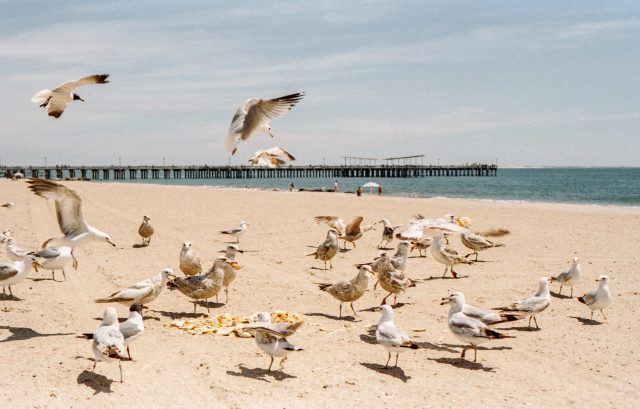
Staying Power
Who’s to say that JPEGs will always be a thing? It’s not unreasonable to think there might come a time when any given digital image format will be utterly obsolete. Anytime a new format takes over, you’ll need to convert your entire archive in order to maintain functional access to your photos.
Film shooters don’t need to worry about this, as properly stored negatives will easily outlive the person who shot the roll of film. Kodak has asserted that negatives can last up to 1000 years assuming they are stored at a temperature of 30-32℉ and 40% relative humidity.
Granted, such storage conditions are a lofty goal for most photographers. But even falling short of those guidelines, it’s still safe to say your negatives will accessible to many generations that come after you.

Embracing The Unknown
While film photographers relish in both the creative control and the unique aesthetics afforded by film, there’s no denying the x-factor involved with the analogue process.
One of the advantages of digital photography is that you get an instantaneous preview of each shot you capture. Not so with film. You won’t know how you’ve fared until your film is developed.
But what if development goes wonky? What if your film was exposed to light leaks? What if…what if?
There are so many variables to account for with analogue photography. I realize it probably sounds unbearable to some, but there’s a sense of adventure and anticipation that film photographers are drawn to. It’s anxiety inducing but when it all goes right (or even mostly right), it’s absolutely exhilarating. And sometimes, when it doesn't go quite right, you still like it.
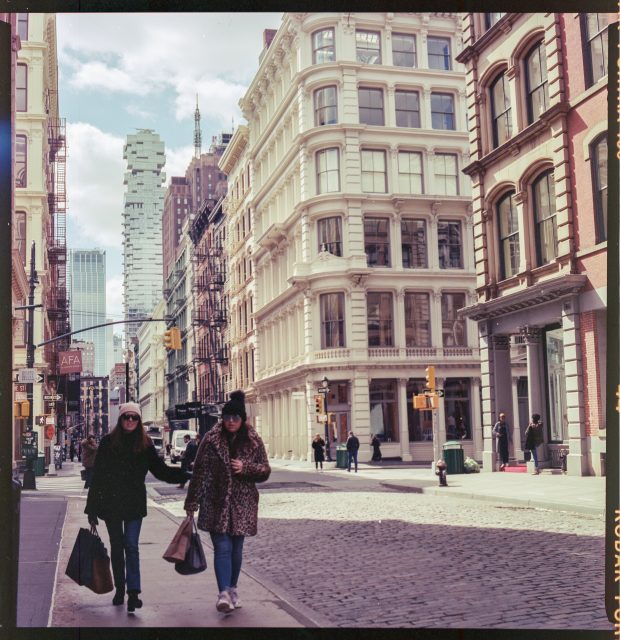
Conclusion
This is not a call for anyone to dump their digital cameras. This isn’t a proclamation that film is better than digital. This is just a casual reflection on the staying power of film — why, even in the midst of constant innovation in digital imaging, analogue processes have remained relevant.
Film is not dead, and if you’ve never done so, I highly recommend giving it a try.

